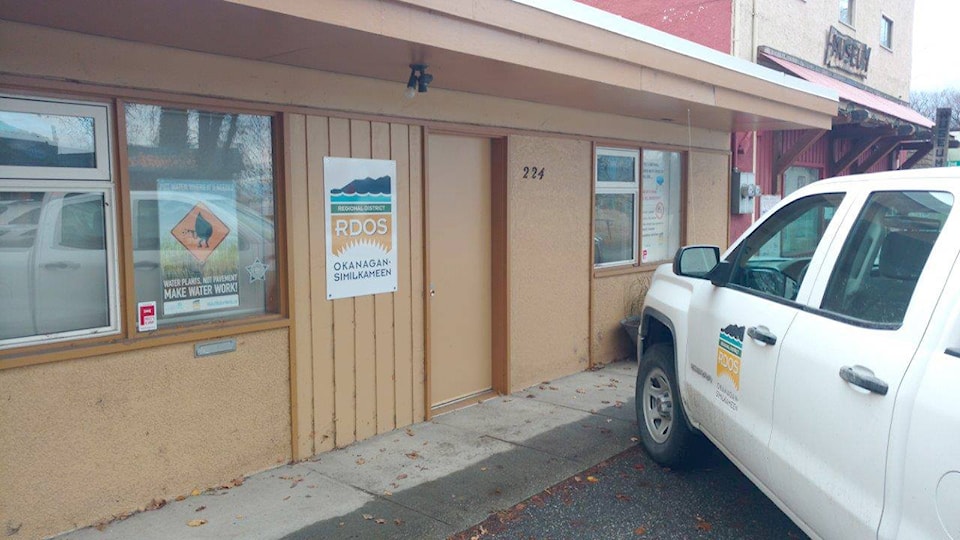The chair of the Regional District Okanagan-Similkameen said an incident that prompted the region’s CAO to publicly call out a director for bullying and threatening staff was a one-off.
Karla Kozakevich, chair of the RDOS, said fireworks at last week’s meeting between CAO Bill Newell and Tom Siddon, director for Area D, does not reflect the day-to-day culture in the municipal organization.
“I wouldn’t say there’s any culture of that (bullying and threatening). There was just one situation where the director disagreed with the recommendation of staff. There’s no culture of that here,” she said.
The heated public argument took place during a debate about redirecting grant funds from one project to another in Area D.
Related: Regional district meeting gets heated
Siddon took exception to staff not consulting with him about their recommendation to redirect grant funding from a longstanding project that would create a wetland rehabilitation to further filter wastewater coming from Okanagan Falls Wastewater Treatment Plant.
“I take extreme exception this was brought to the table without my involvement,” Siddon said.
“I take exception to bullying and threatening staff over the phone. I’m not willing to accept that,” RDOS CAO Bill Newell, charged back during the heated exchange.
Siddon was adamant during the meeting he did not bully or threaten anyone.
Newell declined to comment further on the incident that led him to accuse the director of that behaviour.
Kozakevich said Siddon would be away and there would be a “cooling down period.”
She went on to say the RDOS works under a one-employee rule — meaning the CAO reports to the board and the other staff in the organization reports to the CAO.
“Bill is fairly lenient with directors and allows them to to go to staff or managers if they have questions on certain projects. We should talk about some of the processes and figure out what steps we should be taking,” she said.
Kozakevich said Siddon would not be at the inaugural meeting in November as he would be away on holiday, but said she would address the issue in more depth in the coming weeks.
The staff recommendation that stirred the public discourse between the longtime politician and the CAO, was prompted by a pool of grant money that needs to be used before the program expires. Because funding from the Regionally Significant Project gas tax funds must be used by fall of 2018, staff was recommending the grant could be redirected to create a pre-design for the Skaha Estates sewer expansion instead of the wetlands project. However, that irked several directors around the table including Terry Schaefer, Area E, Mark Pendergraft, Area C and Siddon.
When called to vote, the board went with the alternate recommendation of continuing to apply the grant money to the wetlands project and approving an expenditure of between $120,000 to $360,000 from the Area D Rural Projects fund to complete the pre-design work on the sewer extension.
The wetlands project at Vaseux Lake has had board support dating back to 2005 when the Okanagan Falls Wastewater Treatment Plant was in its development phase. The idea was to use the wetlands to further filter the wastewater discharge to remove micro pollutants. At this point the wastewater is being released directly into the river without any further filtering process.
In 2012, the RDOS allocated $360,000 to the project from the Regionally Significant Project gas tax funds. Although work went on to look into the project, roadblocks including being told wastewater could not be filtered through bird sanctuary area came up.
In 2016, the RDOS bought a 4.2 hectare piece of property to construct a wetland. But not much has been done on the project since.
“A significant amount of research all across the globe is underway to look at the effects and treatment options for various micro pollutants. To date, however, there are still many unanswered questions on the most efficient ways of reducing these pollutants and as such the best layout within constructed wetland area is unknown,” the report to the board stated.
